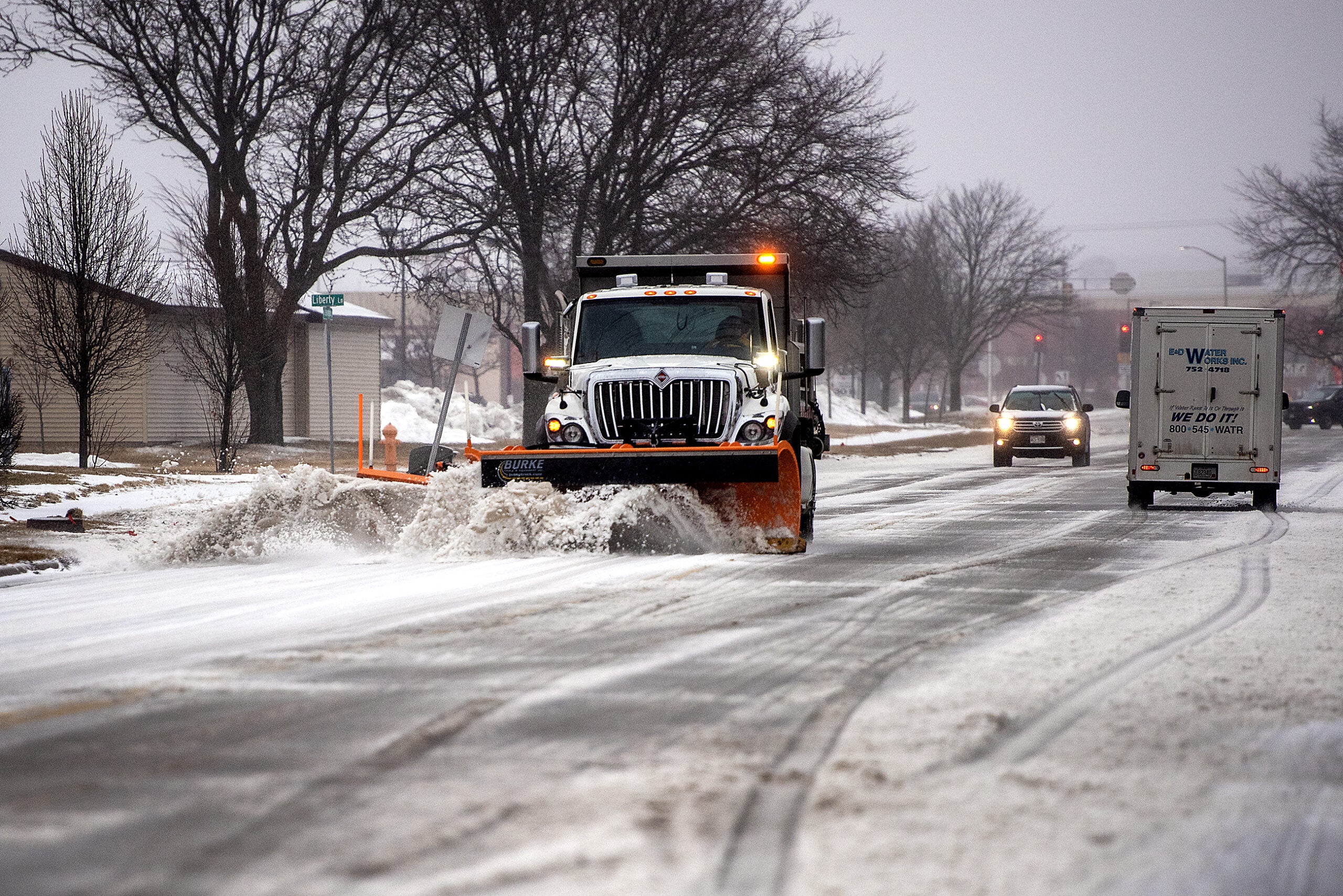California
Recipients of California unemployment benefits experience issues logging in to new EDD website

LOS ANGELES (KABC) — Some people who receive unemployment, disability and paid family leave benefits through California’s Employment Development Department are banking on getting the funds they need.
But some benefit recipients are struggling to log into EDD’s new myEDD website since it launched on Monday.
“This is really a let down to a lot of unemployed Californians right now,” EDD recipient Sydney Nicole Sweeney said.
“It is really important that people are able to get these benefits in a timely manner because we all have our lives to live and our bills to pay,” she said. “The quicker you certify for benefits, the quicker you’re able to get your benefits, and people are depending on this money so it has been frustrating.”
The new site replaces Benefit Programs Online, or BPO, and helps fight fraud by requiring users to verify their identities using a verification code.
On social media, many site users like Raymundo Berrelleza said the website won’t load or they can’t access their accounts.
“I need a way to pay my bills,” Berrelleza said. “I have to pay for rent. I have to pay a bunch of other stuff like car, insurance and a bunch of other things.”
“I tried changing my password. I tried everything,” Berrelleza said. “I have a background in IT and tried everything. I tried a bunch of different browsers. Nothing worked.”
EDD apologized for the inconvenience on Facebook.
The department said it’s experiencing a higher volume than usual logging into myEDD and encourage people to try again later.
“We know that, while some customers were able to access the system, others did experience issues Monday morning,” a statement from EDD Media Services said.
“As of Monday afternoon, the portal is functioning properly. We are catching up with some customers who experienced in interruption in their registration process when we first launched to ensure those efforts are completed,” the statement added.
It’s time Sweeney said some people who are actively looking for jobs don’t have.
“If someone has other responsibilities in their life they might not be able to do that as quickly or as in timely of a manner, and with the lag on the EDD site there’s a pretty good chance that a lot of us aren’t going to be able to transfer that money before the weekend,” she said.

California
High wind warning for California for Tuesday and Wednesday, according to the NWS
California
Perry, real-life donkey who inspired iconic 'Shrek' character, dies at 30

Monday, January 6, 2025 12:57AM
Perry, a famous donkey from Palo Alto that helped inspire the movie character “Donkey” in “Shrek,” has died.
PALO ALTO, Calif. — A famous donkey from California that helped inspire the movie character “Donkey” in “Shrek” has died.
Perry was 30 years old.
In an Instagram post, BPDonkeys, wrote on Friday, “We are heartbroken to share that our beloved Barron Park donkey, Perry, passed away yesterday at the age of 30. He was a beloved member of our community and we know many people will be touched by his passing. Memorial plans will be announced soon.”

This is an Instagram screengrab from BPDonkeys on Perry, real-life donkey who inspired iconic ‘Shrek’ character, who passed away at the age of 30.
BPDonkeys/Instagram
Perry resided at Cornelis Bol Park in Palo Alto, California and served as a support animal.
Paying for his care, and for the other donkeys, slowly became a point of controversy overtime. The city faced a budget deficit last year. A city councilmember pushed back at paying tens of thousands of dollars.
A memorial will be held for Perry at a later date.

This is a split image of “Shrek” character “Donkey,” left, and image of Perry, right, who inspired the “Shrek” character.
AP/ Barron Park Donkeys in Palo Alto
Copyright © 2025 KGO-TV. All Rights Reserved.
California
California Highway Patrol warns against attempted ‘Amber Alert' scam

The California Highway Patrol is warning the public to beware of fraudsters posing as “AMBER Alert representatives” offering to “register” children.
“They ask for confidential info and to meet at your home,” the CHP said Saturday on social media. “This is not how the AMBER Alert system works.”
No registration is ever required, the CHP said.
AMBER — which stands for America’s Missing: Broadcast Emergency Response — is only activated by law enforcement agencies investigating reports of an abducted or missing child.
The alerts are intended to provide the public with immediate information about a child abduction.
The CHP said it is the only agency authorized to activate AMBER Alerts.
“Never provide personal information or answer calls from unknown or ‘possible scam’ numbers,” the highway patrol said.
If contacted by a scammer, the CHP said, report it to your local law enforcement agency immediately.
-

 Health1 week ago
Health1 week agoNew Year life lessons from country star: 'Never forget where you came from'
-
/cdn.vox-cdn.com/uploads/chorus_asset/file/24982514/Quest_3_dock.jpg)
/cdn.vox-cdn.com/uploads/chorus_asset/file/24982514/Quest_3_dock.jpg) Technology1 week ago
Technology1 week agoMeta’s ‘software update issue’ has been breaking Quest headsets for weeks
-

 Business5 days ago
Business5 days agoThese are the top 7 issues facing the struggling restaurant industry in 2025
-

 Culture5 days ago
Culture5 days agoThe 25 worst losses in college football history, including Baylor’s 2024 entry at Colorado
-

 Sports5 days ago
Sports5 days agoThe top out-of-contract players available as free transfers: Kimmich, De Bruyne, Van Dijk…
-

 Politics3 days ago
Politics3 days agoNew Orleans attacker had 'remote detonator' for explosives in French Quarter, Biden says
-

 Politics3 days ago
Politics3 days agoCarter's judicial picks reshaped the federal bench across the country
-

 Politics2 days ago
Politics2 days agoWho Are the Recipients of the Presidential Medal of Freedom?


















